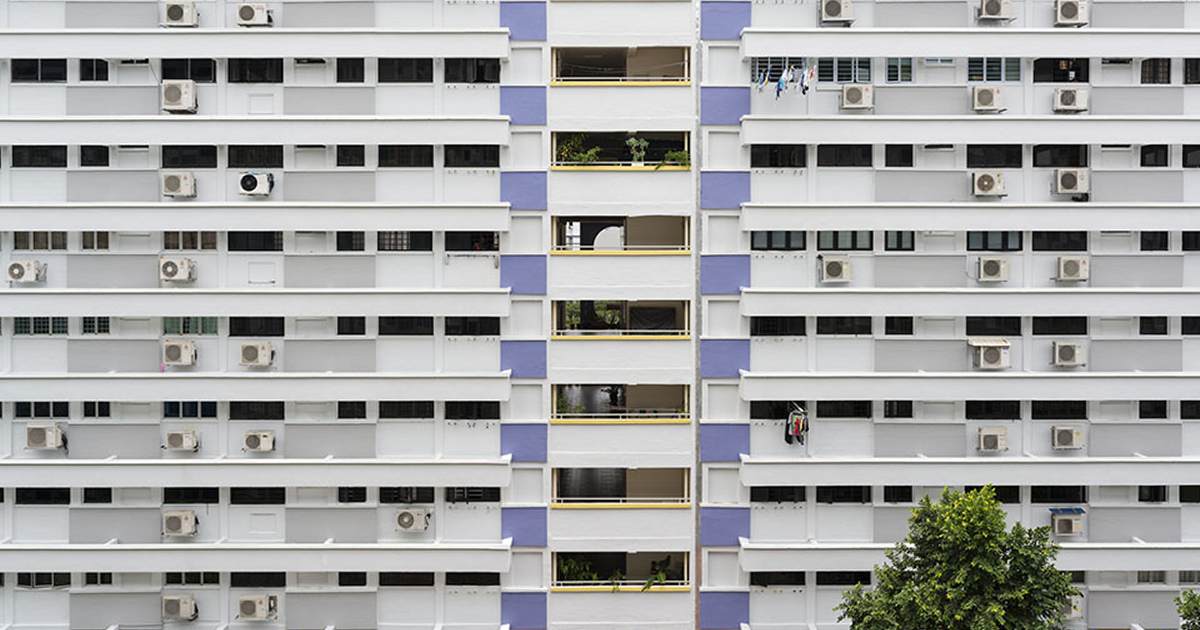Air Pollution A Driver Of Increased Electricity Demand

Image: NUS
A study out of the National University of Singapore (NUS) has found local ambient air pollution increases household electricity consumption – and more emissions. Australia may play a role in helping to address this.
The study by Associate Professor Alberto Salvo from NUS Economics examined the electricity meter readings of 130,000 Singapore households from 2012 to 2015. Each household’s energy consumption was also compared with concurrent PM 2.5 pollution measurements from Singapore’s air-monitoring network.
PM 2.5 pollution consists of tiny particles less than 2.5 micrometres in diameter, which are small enough to enter the bloodstream via the lungs and then damage organs. Major sources of PM 2.5 pollution include internal combustion engine (ICE) vehicles, wood-heating/cooking and burning of vegetation, and oil-, coal- and (to a lesser degree) gas–fired power plants.
The findings of the study indicate overall electricity demand grew by 1.1 per cent when PM 2.5 rose by 10 micrograms per cubic metre. This was a result of increased air pollution leading households to stay indoors more and running air-conditioners and air purifiers more intensively.
“This study shows that households care about the quality of the air that they breathe, revealed through their spending on utilities, in particular, to power air-conditioners,” said Assoc Prof Salvo. “Cleaner urban air will reduce energy demand, as households engage in less defensive behaviour, and this helps to mitigate carbon emissions.”
More from the study, which was published in the Journal of the Association of Environmental and Resource Economists, can be viewed here.
How Australian Solar Energy Could Help Singapore
So, where does Australia come into things?
According to the US Government’s Energy Information Administration, 95% of Singapore’s electricity is produced using natural gas, with the remainder from coal, oil, municipal waste and solar power. The amount of solar capacity in the city-state is increasing, but there’s not a lot of land available for solar farms and only so many suitable rooftops.
Australia has plenty of land suitable for hosting huge quantities of solar panels – and this is where the proposed Sun Cable project comes into play. It’s an ambitious venture involving 10GW of solar capacity and a 20-30 GWh battery storage facility at a site near Tennant Creek in the Northern Territory. Sun Cable will export solar electricity to Singapore via a high-voltage DC (HVDC) submarine cable around 3,800 kilometres long.
It’s been estimated Sun Cable could supply up to 20% of Singapore’s electricity requirements. So as well helping to rein in PM 2.5 emissions from local fossil fuel-based electricity generation, when PM 2.5 levels are high enough to drive residents indoors and reaching for the air conditioner remote control, the electricity they use will be somewhat cleaner.
While Sun Cable isn’t *the* solution to Singapore’s PM 2.5 and other emissions issues, it could make a useful contribution.
Original Source: https://www.solarquotes.com.au/blog/air-pollution-electricity-demand-mb1646/















